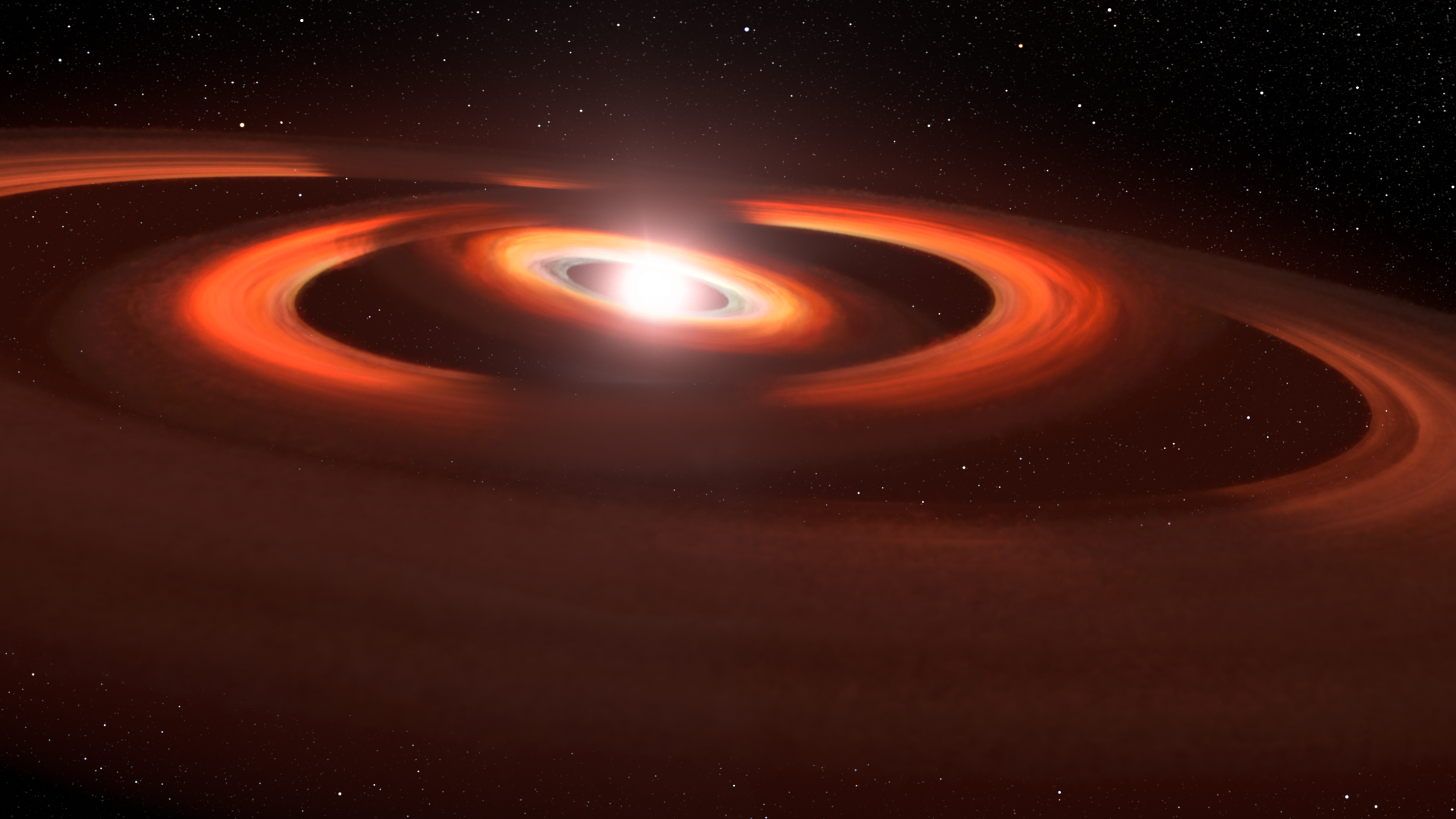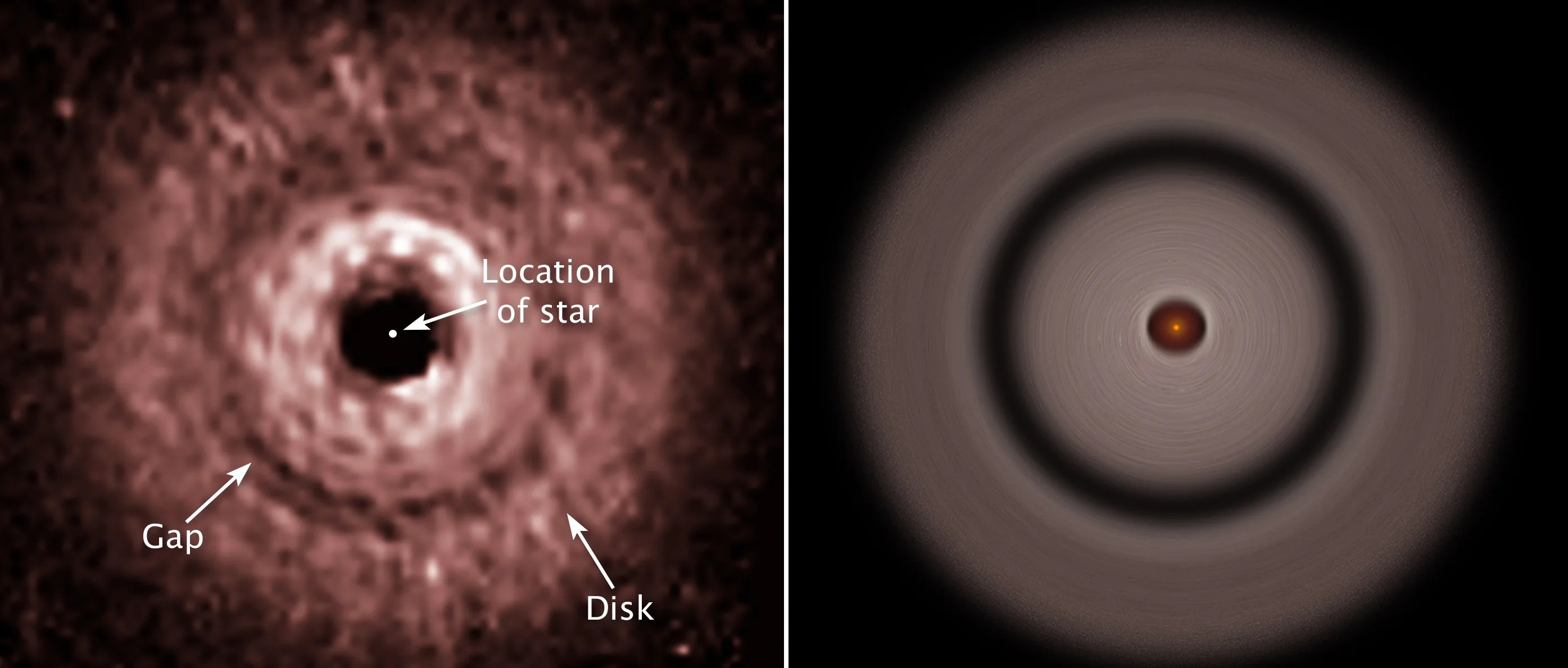In 1992, Hubble was the first telescope to resolve protoplanetary disks (dubbed “proplyds”) around stars in the Orion Nebula. Hubble’s high resolution and sensitivity, along with the Orion Nebula’s proximity, have allowed the telescope to image proplyds around nearly 200 stars in the nebula. Proplyds are pancake-like disks of mostly gas and some dust surrounding a young star. They are a prerequisite for the formation of planetary systems.
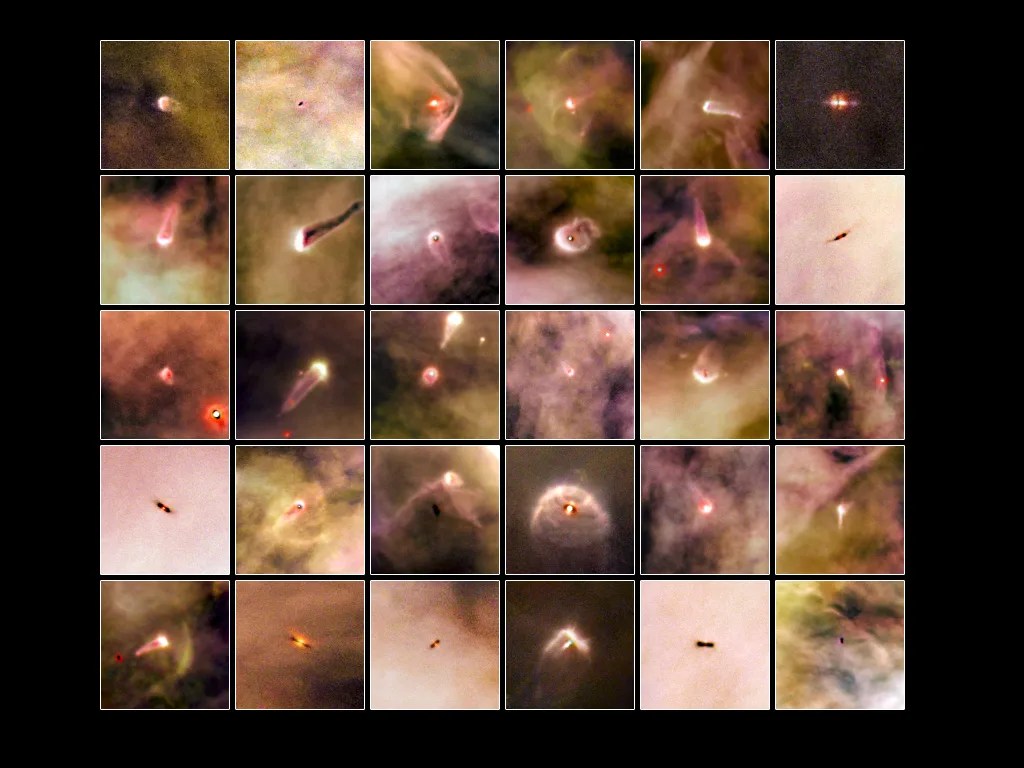
Hubble has also done the largest and most sensitive visible-light imaging survey of debris disks around stars. Two particular stars highlight Hubble’s observations: TW Hydrae, and Beta Pictoris.
Using a mask to block the star’s bright light, Hubble scientists spotted a mysterious gap in a vast protoplanetary disk of gas and dust swirling around the star TW Hydrae. The gap is likely the result of a growing, unseen planet gravitationally sweeping up material and carving out a lane in the disk like a snowplow. The 1.9 billion-mile-wide gap isn’t completely cleared of material yet.
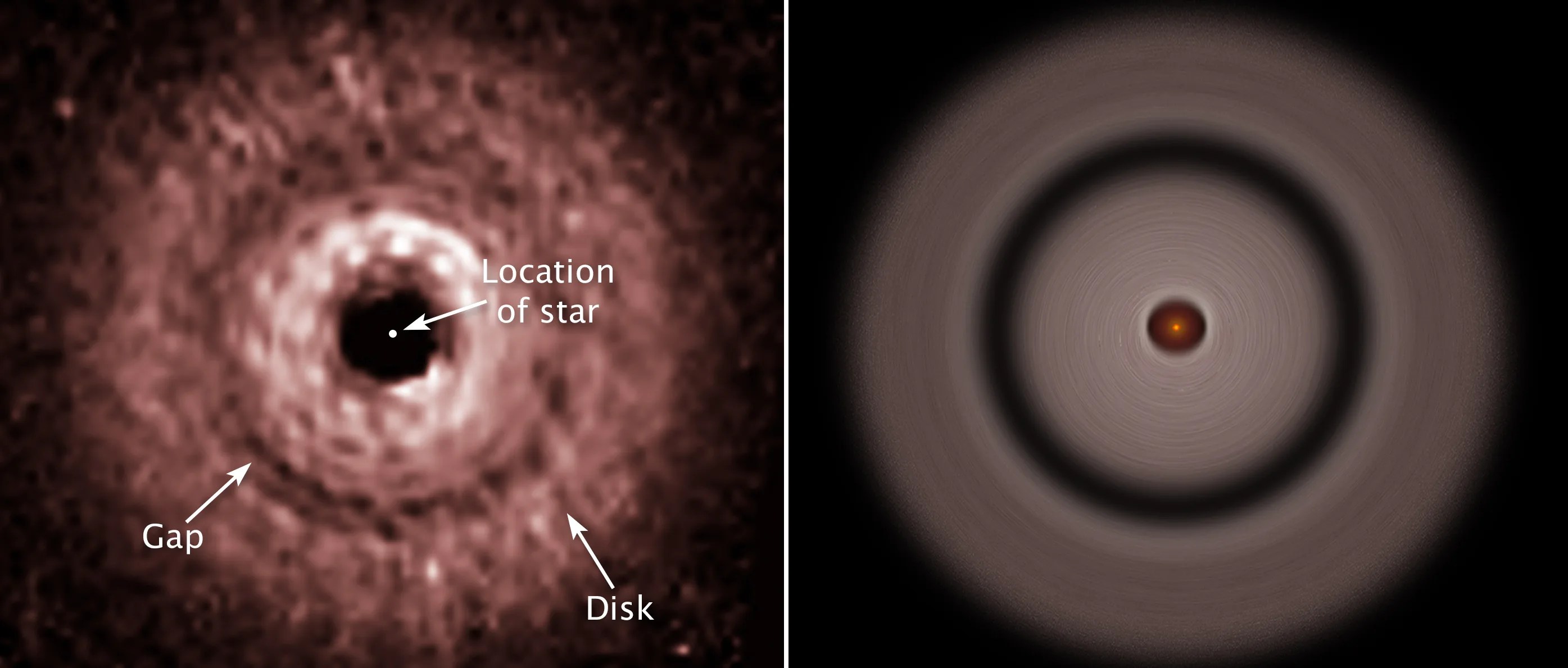
More recently, astronomers using Hubble noticed a change in brightness with position of TW Hydrae's disk. Because Hubble has 18 years' worth of observations of the star, the astronomers could assemble a time-lapse movie of the shadow's rotation. They think an unseen planet in the disk is gravitationally pulling on material near the star and warping the inner part of the disk. The twisted, misaligned inner disk is casting its shadow across the surface of the outer disk.
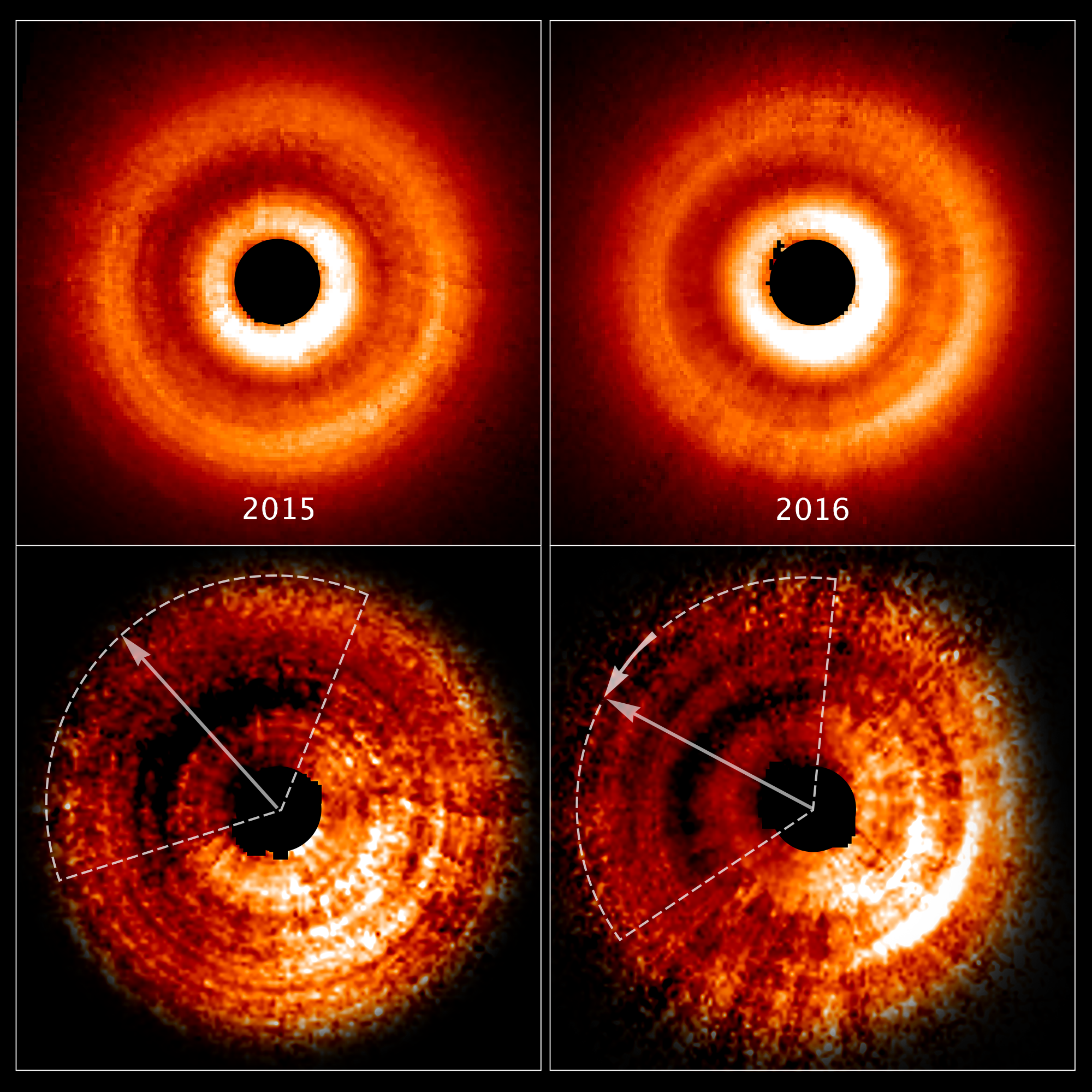
Hubble researchers also studied changes in the planetary disk surrounding Beta Pictoris. By masking out the star’s light, they could detect changes in the material orbiting the star. The results point to a massive planet embedded within the star’s dust disk. Astronomers spotted the planet using the European Southern Observatory.
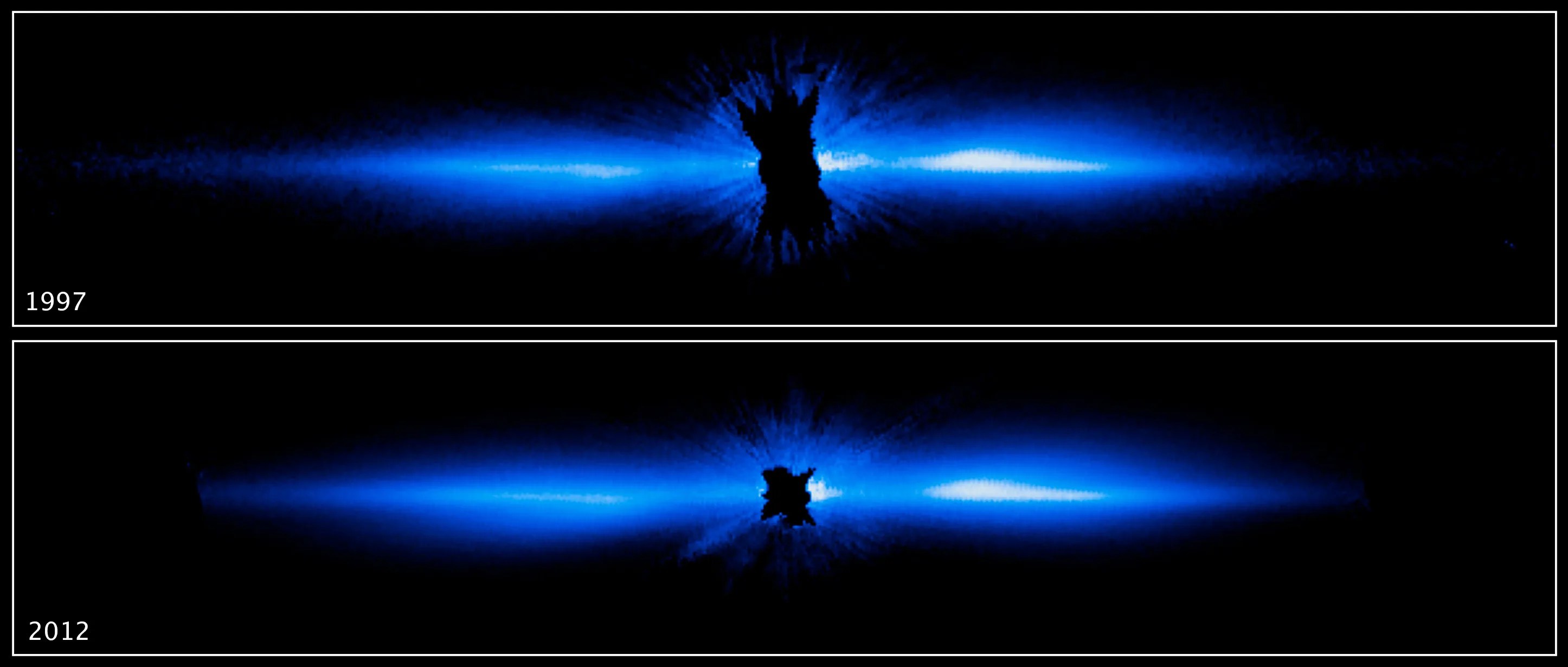
Hubble’s ultraviolet sensitivities captured radiation falling onto a planet forming around the star PDS 70. Previous observations with ground-based telescopes revealed two massive Jupiter-sized, planets carving out a wide gap within the planetary disk of the star. Located some 370 million light-years away, the young 6-million-year-old star is slightly smaller and less massive than the Sun.

Learn More
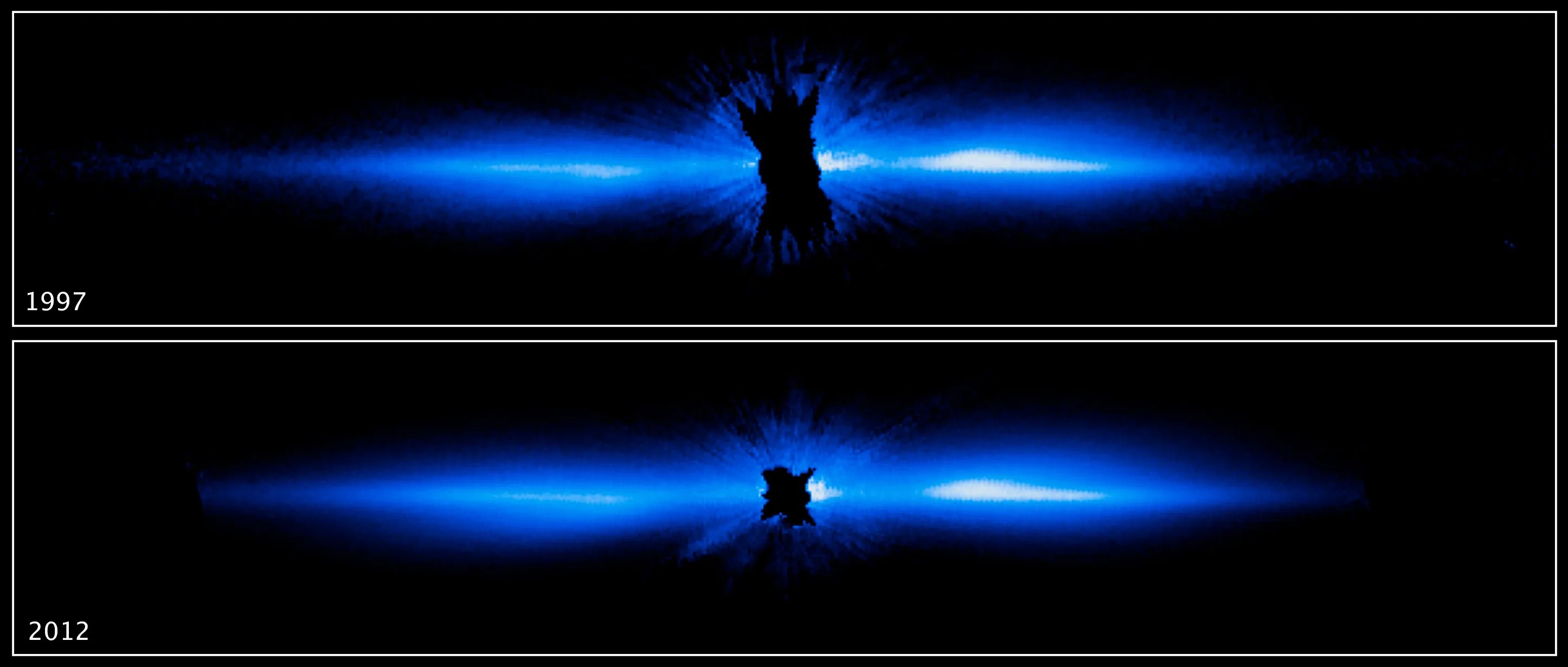
Hubble Gets Best View of a Circumstellar Debris Disk Distorted by a Planet
When comparing the latest Hubble images to those taken in 1997, astronomers find that the disk's dust distribution has barely changed over 15 years despite the fact that the entire structure is orbiting the star like a carousel.
Explore Other Hubble Science Highlights
Learn about some of Hubble's most exciting scientific discoveries.
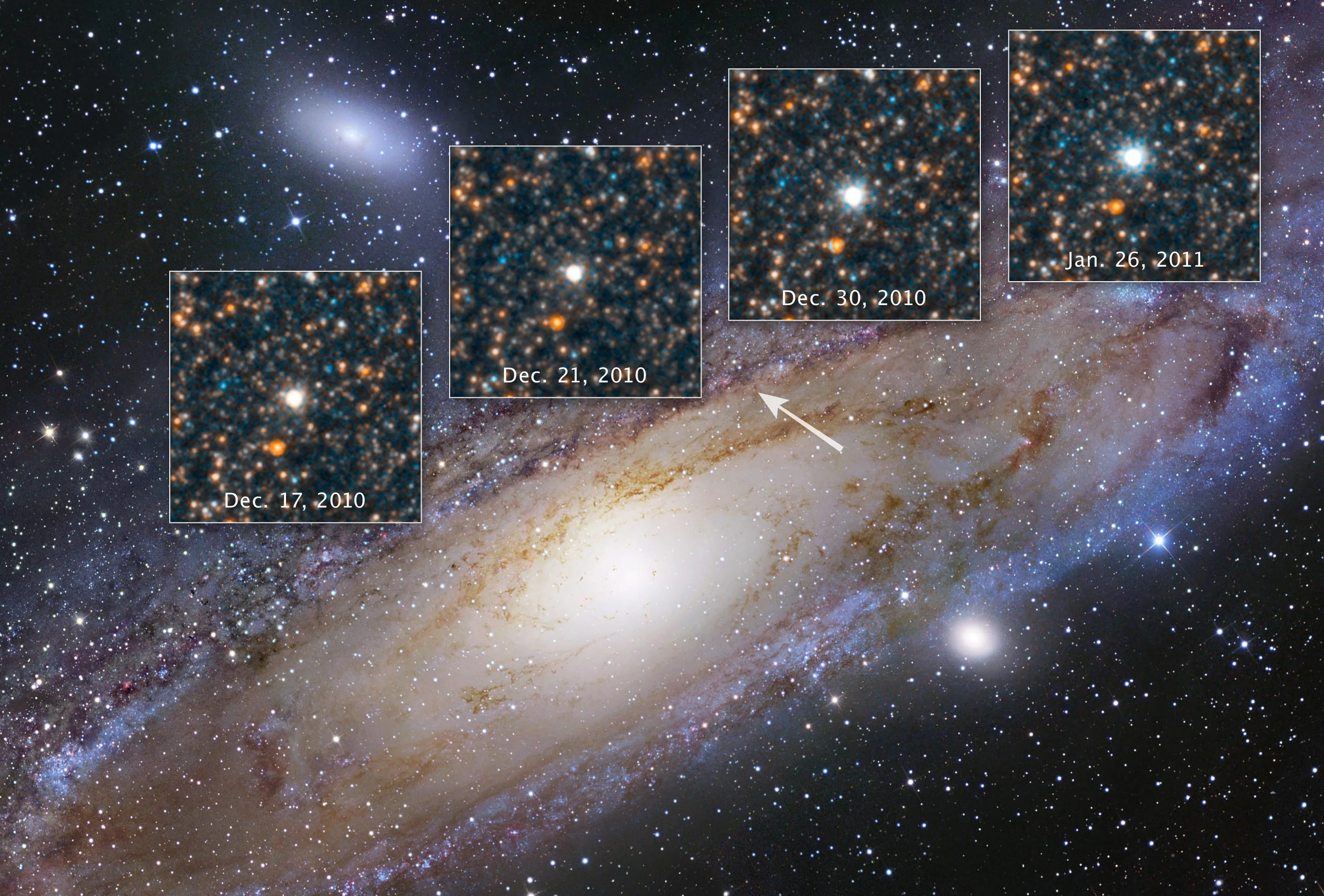
Discovering the Runaway Universe
Our cosmos is growing, and that expansion rate is accelerating.
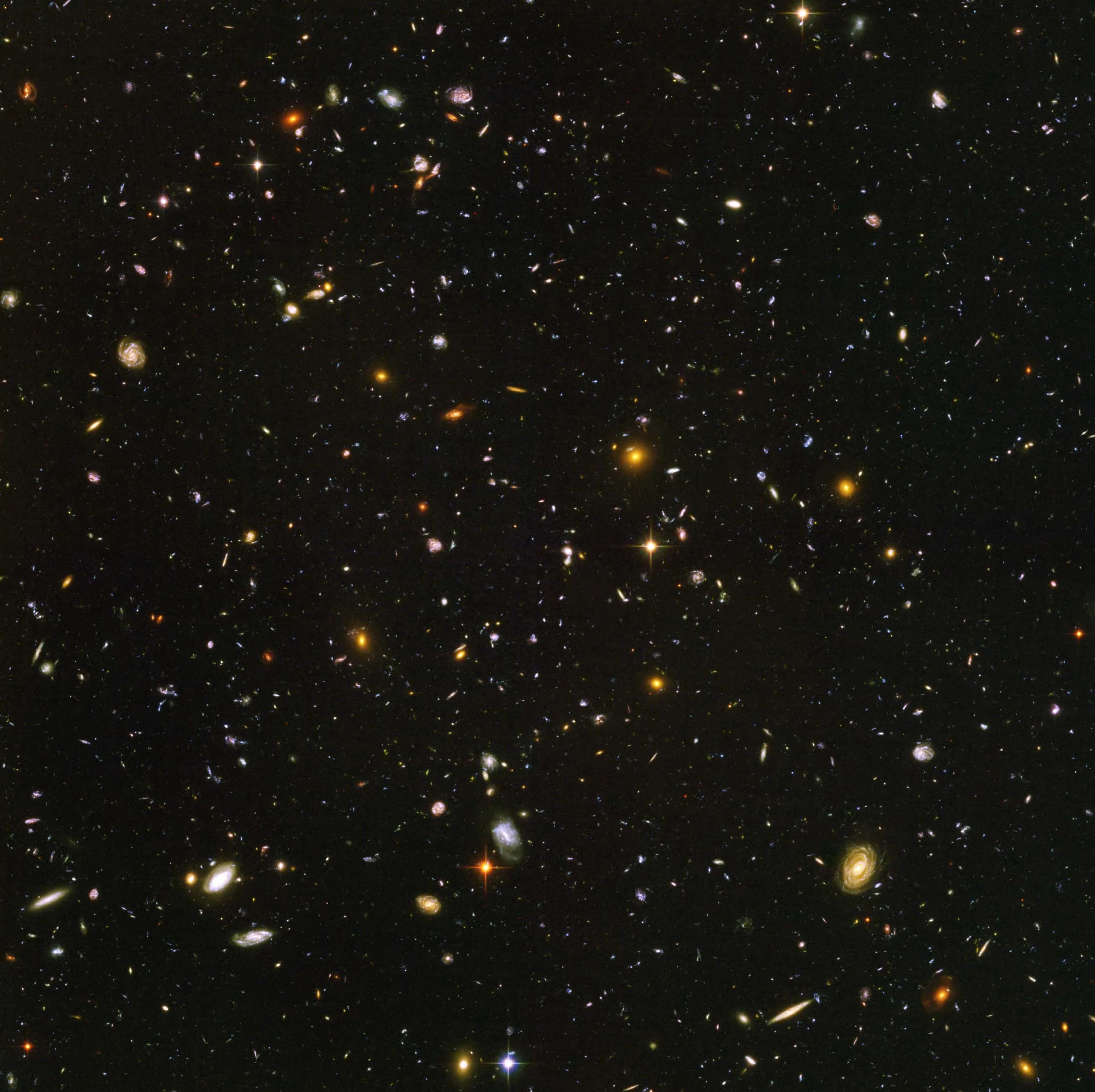
Tracing the Growth of Galaxies
Hubble is instrumental in uncovering the various stages of galactic evolution.
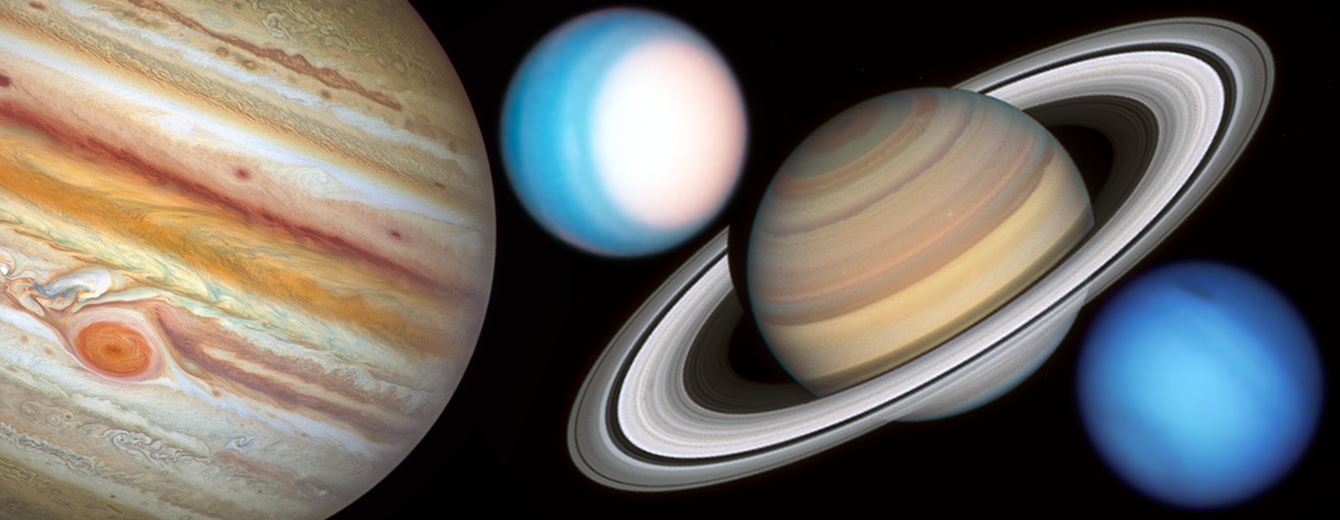
Studying the Outer Planets and Moons
Hubble’s systematic observations chart the ever-changing environments of our solar system's giant planets and their moons.
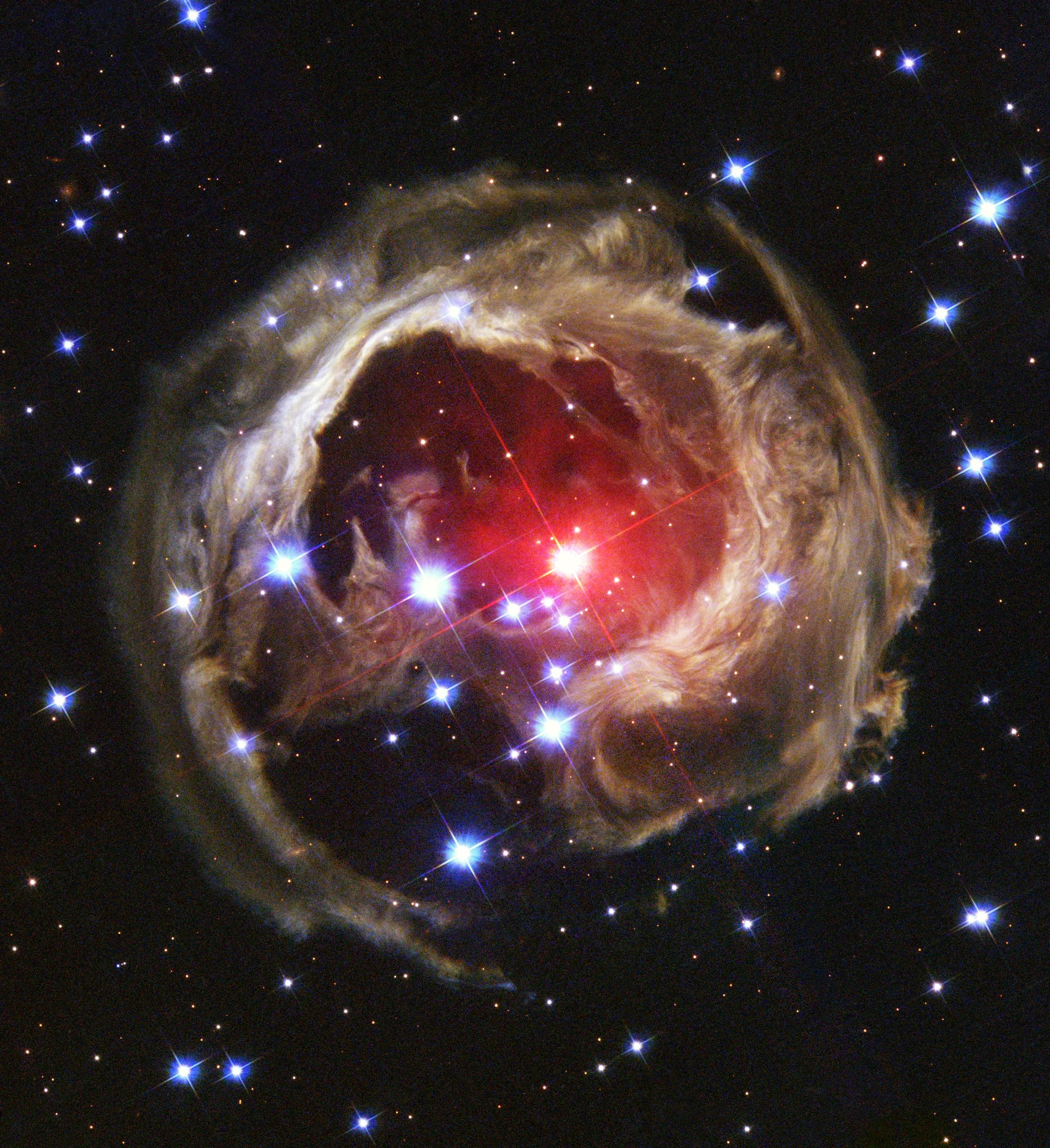
Seeing Light Echoes
Like ripples on a pond, pulses of light reverberate through cosmic clouds forming echoes of light.
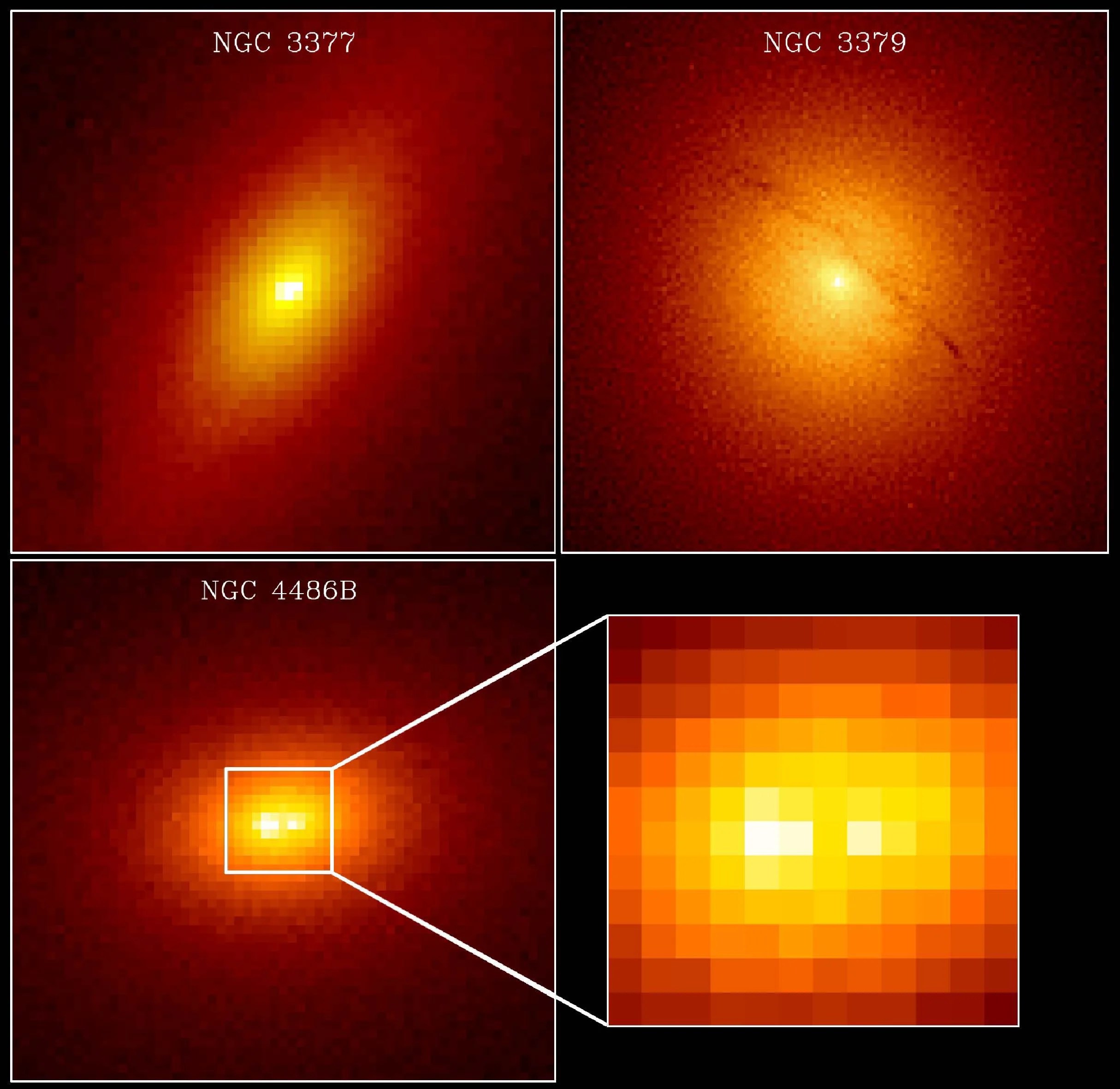
Monster Black Holes are Everywhere
Supermassive black holes lie at the heart of nearly every galaxy.
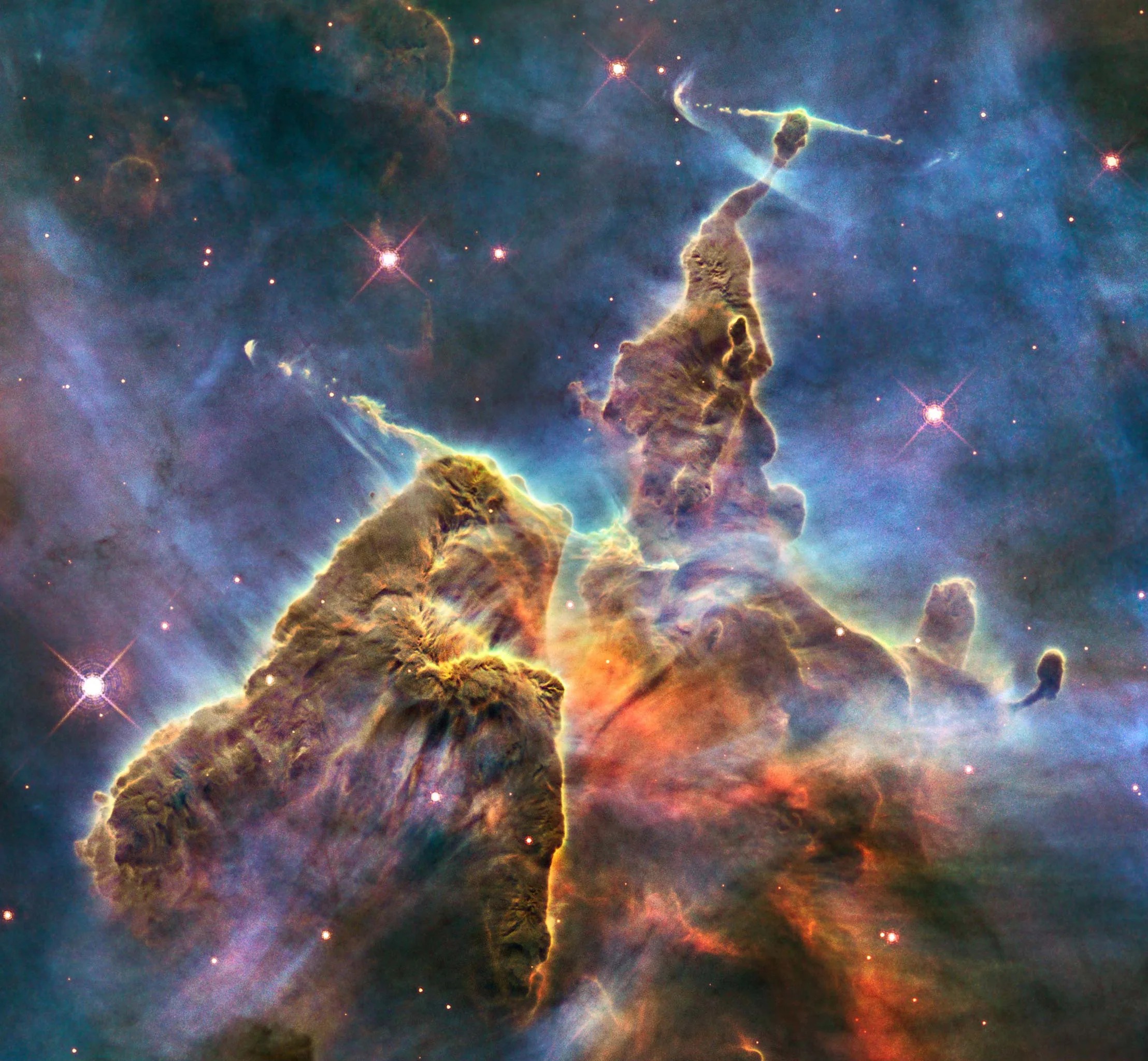
Exploring the Birth of Stars
Hubble’s near-infrared instruments see through the gas and dust clouds surrounding newborn stars.
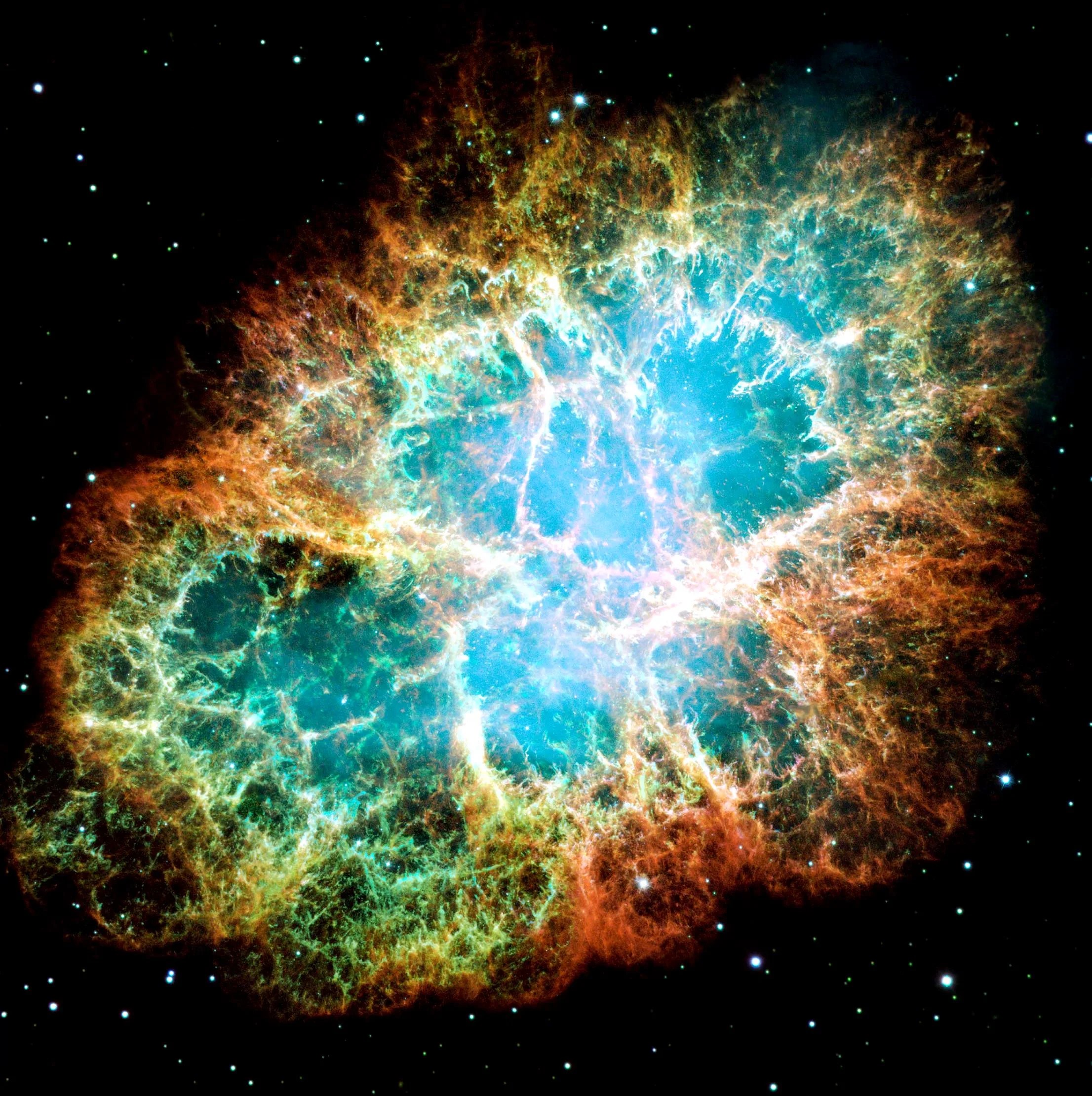
The Death Throws of Stars
From colliding neutron stars to exploding supernovae, Hubble has revealed new details of some of the mysteries surrounding the deaths of stars.
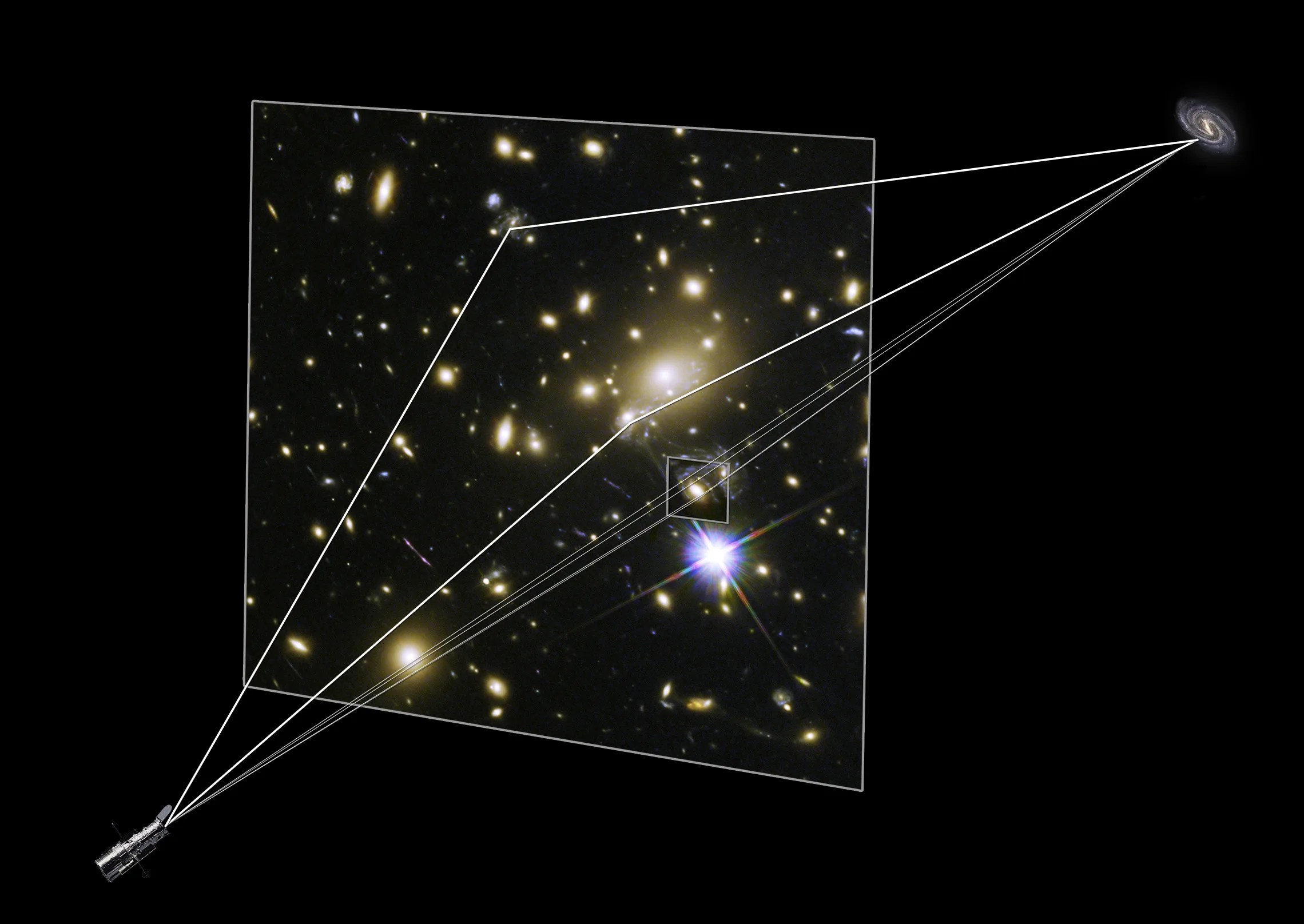
Shining a Light on Dark Matter
Hubble’s observations help astronomers uncover the underlying structure of the universe.
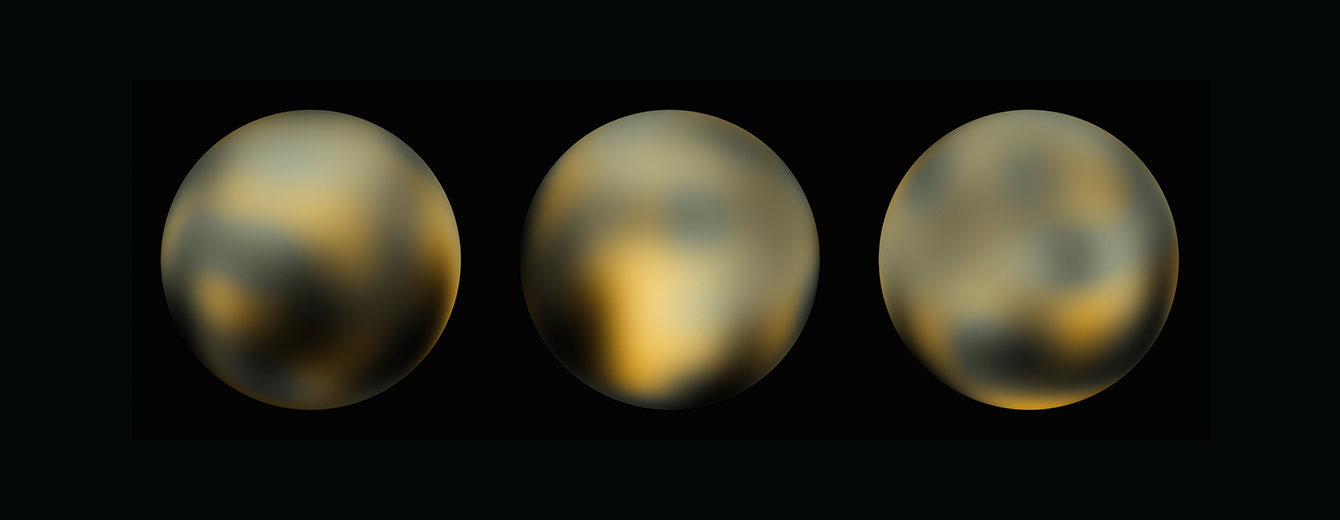
Uncovering Icy Objects in the Kuiper Belt
Hubble’s discoveries helped NASA plan the New Horizon spacecraft’s flyby of Pluto and beyond.
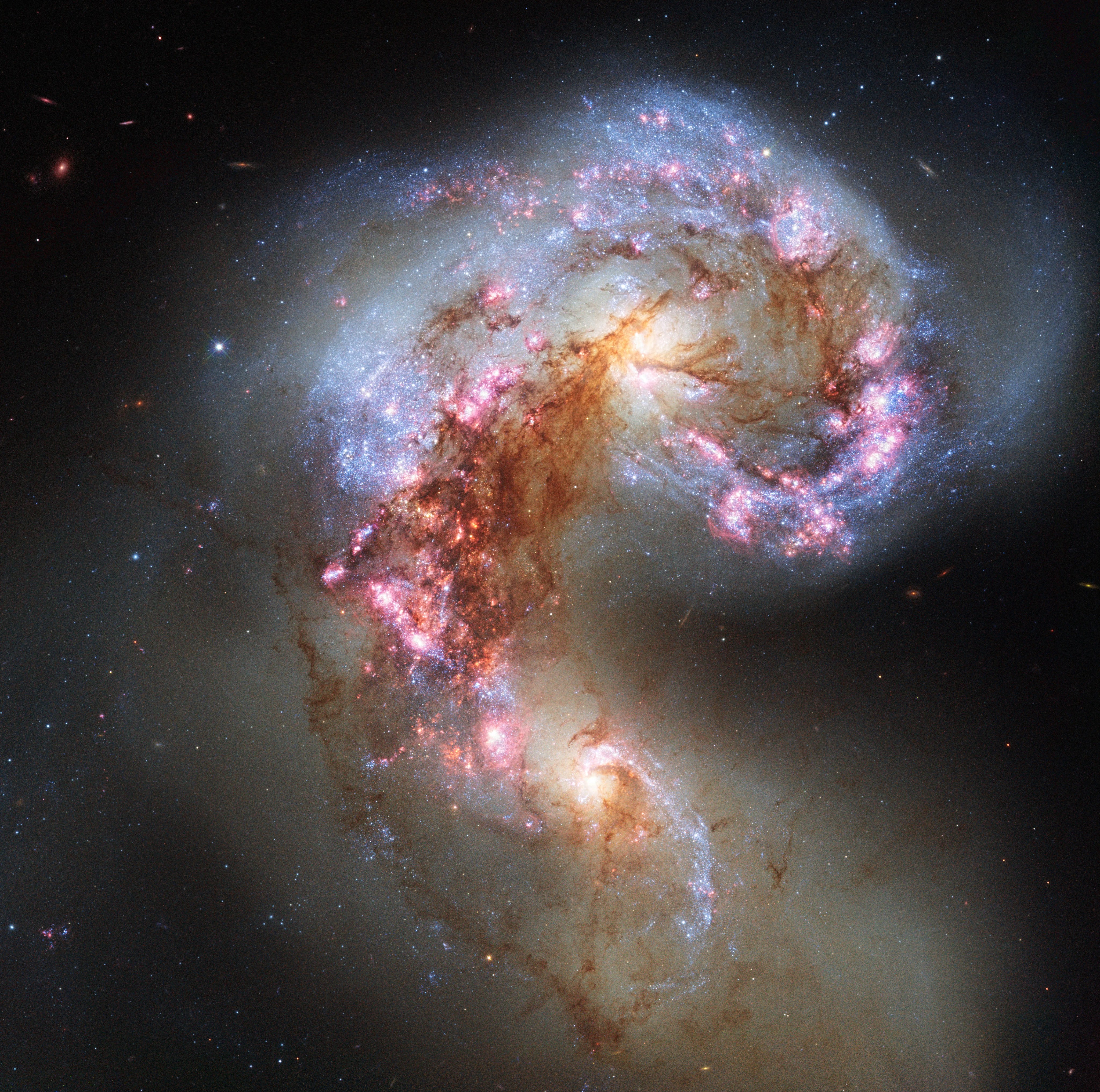
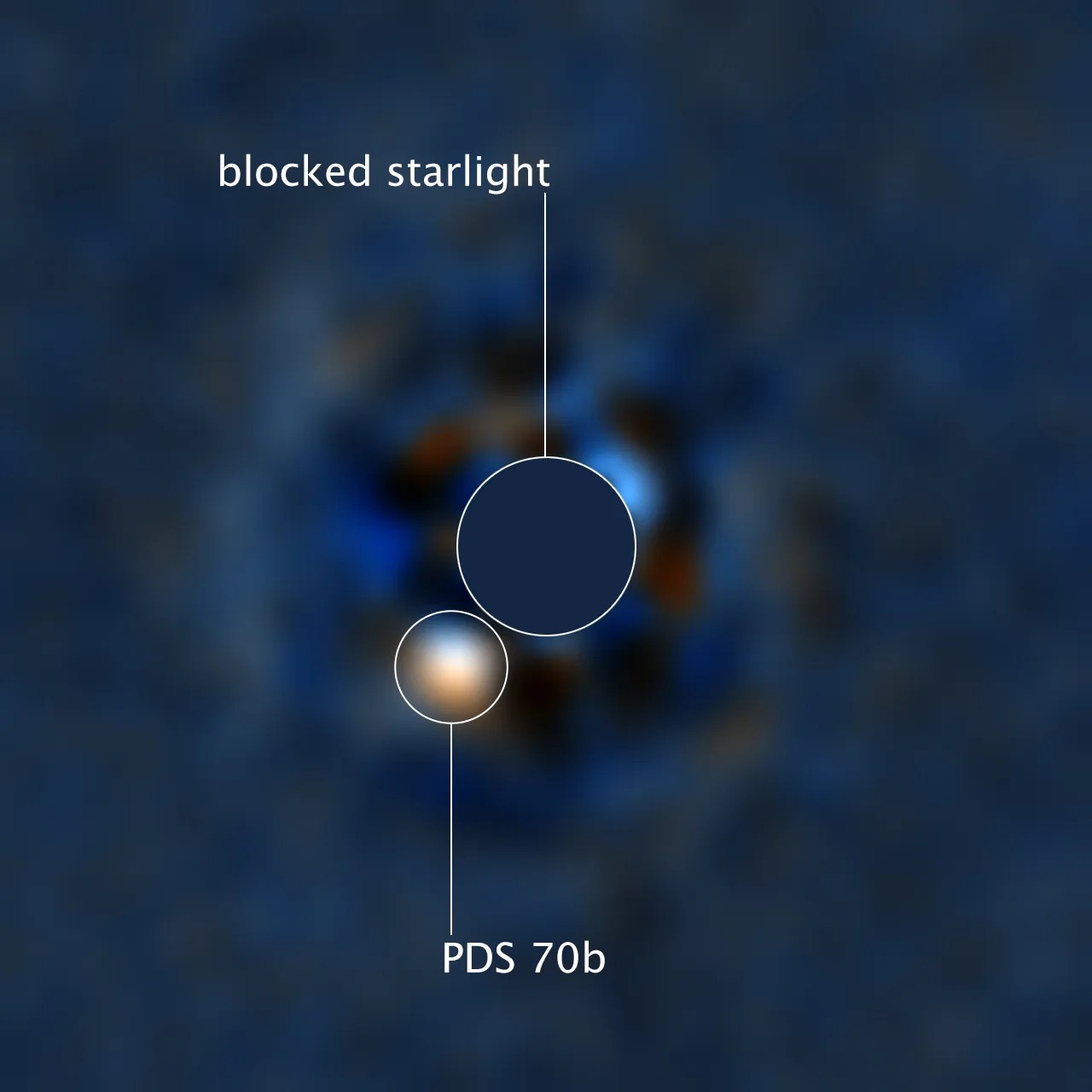
Recognizing Worlds Beyond Our Sun
Hubble’s unique capabilities allow it to explore planetary systems around other stars.
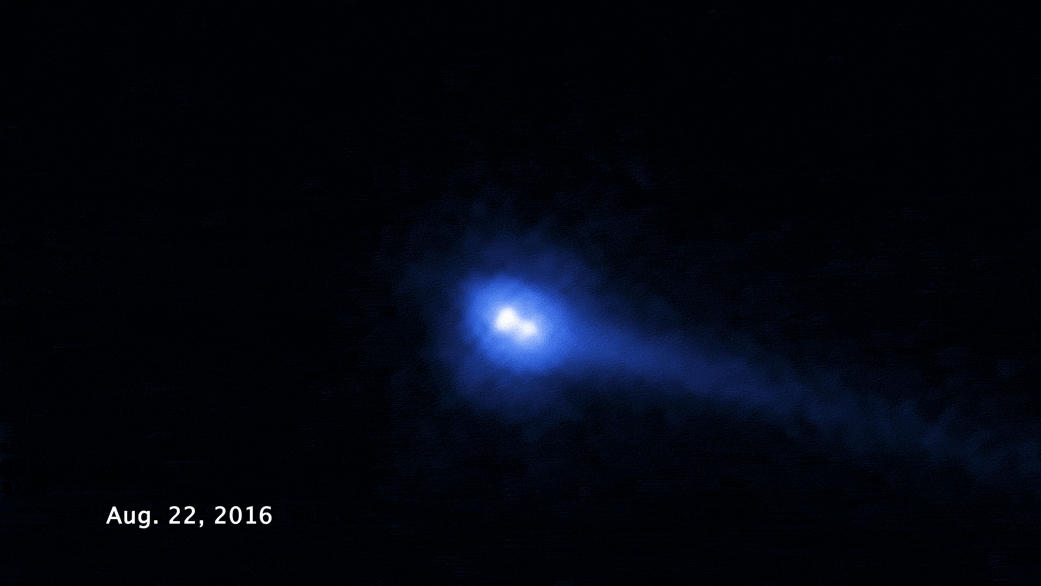
Tracking Evolution in the Asteroid Belt
These conglomerates of rock and ice may hold clues to the early solar system.

